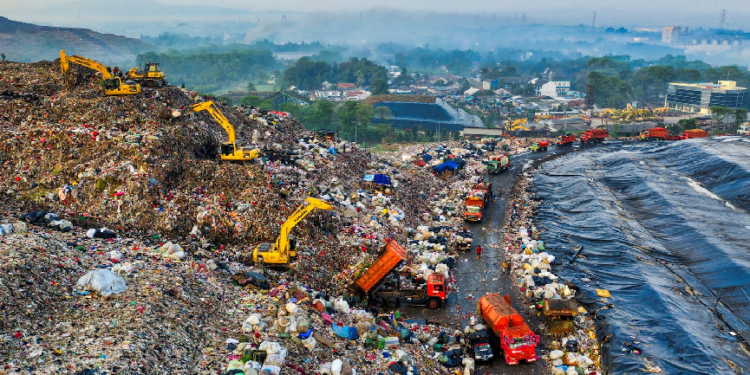Introduction
Globally, landfills remain the primary method for urban solid waste disposal. However, the methane gas generated during the waste treatment process poses a significant environmental challenge. Methane is a potent greenhouse gas, with a far greater impact on climate change than carbon dioxide. As such, effective regulation of methane emissions from landfills has become a critical concern for the international community. This article compares the regulations and practices in various countries or regions regarding landfill methane emissions and detection, analyzes international best practices, and discusses how advanced methane detection technologies can enhance global methane management.
Methane Emission Regulations in Different Countries or Regions
Different countries and regions adopt various strategies and regulations for methane emission control. For instance, in the United States, landfill methane emissions are strictly regulated under the Clean Air Act. This legislation requires all newly constructed or expanded landfills to install methane collection systems and regularly monitor methane concentrations. Additionally, the Environmental Protection Agency (EPA) mandates that landfill operators submit periodic emission reports to ensure compliance.
In Europe, the European Union (EU) regulates landfill methane emissions through the Waste Framework Directive and the Climate and Energy Framework. The EU requires member states to gradually reduce landfill waste volumes, promote recycling and reuse, and conduct regular methane emission monitoring and control at existing landfills. In contrast, methane regulation in developing countries is relatively lax, with many nations lacking comprehensive legislation or sufficient technical support, leading to more severe methane emission problems.
International Best Practices
Globally, some countries and regions have gained valuable experience in landfill methane management. Germany, for example, has minimized landfill methane emissions through strict waste management policies and advanced technologies. German landfills widely employ methane collection and utilization technologies, using the collected methane for electricity generation or as an industrial raw material, thus achieving waste-to-energy conversion.
Another exemplary case is Japan, which focuses on technological innovation and meticulous management in landfill operations. Japanese landfills typically feature multi-layer anti-leak structures and gas collection systems that effectively prevent uncontrolled methane emissions. Moreover, Japan has actively adopted automated detection equipment, such as methane detectors mounted on drones, for regular landfill inspections, ensuring real-time monitoring of methane emissions.
The Application Prospects of Methane Detectors
In international best practices, advanced methane detection technology plays a crucial role. The methane detector, a lightweight natural gas leak inspection device, has significant technical advantages and can play an important role in landfills worldwide.
The methane detector uses Tunable Diode Laser Absorption Spectroscopy (TDLAS) technology to accurately detect methane components in the air. With an extended detection range of up to 300 meters, it can cover large landfill areas. Additionally, the device has a fast response time, reacting within 10 milliseconds, allowing for immediate detection. This technical feature is particularly important in landfill environments where methane concentrations can fluctuate rapidly.
The methane detector also integrates GPS positioning capabilities, providing detailed reports on methane concentrations and leakage locations. This feature not only enhances detection accuracy but also provides management with timely data for decision-making. Supported by drone systems, the methane detector can conduct comprehensive and precise inspections of landfills, significantly improving the efficiency of methane emission management.
Conclusion
Global landfill methane regulation requires a combination of national legislation and practical experience, alongside advanced detection technologies. By learning from international best practices, such as Germany’s waste-to-energy approach and Japan’s meticulous management, and incorporating efficient detection devices like the methane detector, countries can better address methane emission challenges and contribute to global climate change mitigation. As technology continues to advance and international cooperation strengthens, landfill methane emission management will become more scientific and refined, making a greater contribution to global environmental protection efforts.











































































